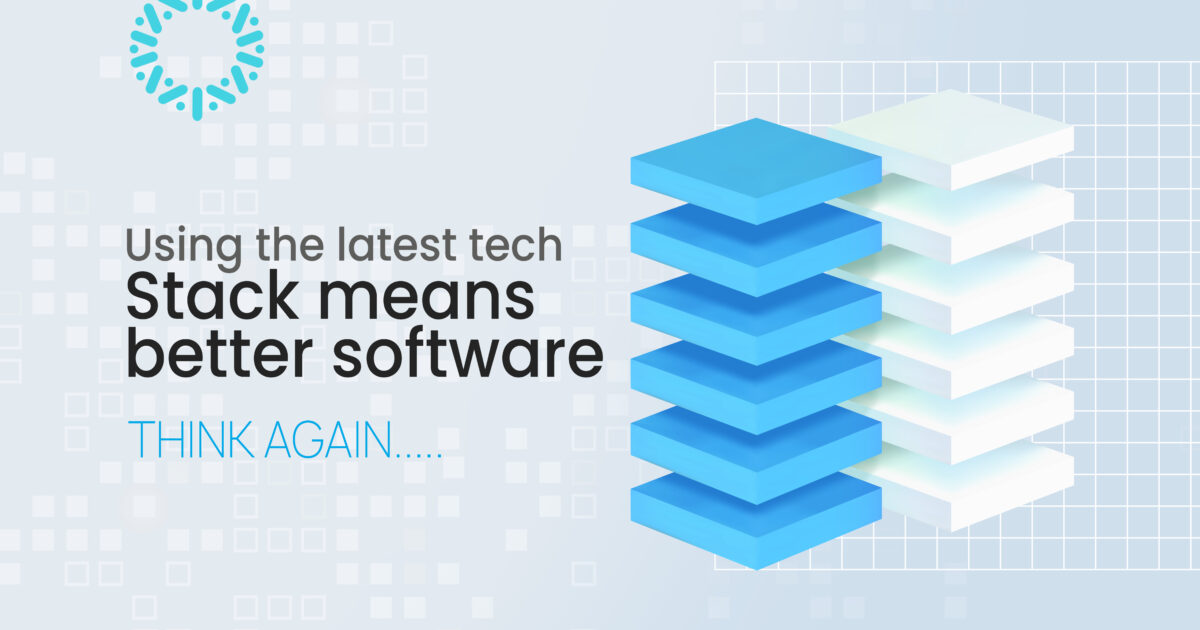Many people in the constantly changing world of software development seem to believe that just using the latest tools and technologies will lead to better software.
There are countless teams that have leapt onto the bandwagon of whatever the next “big” tool is, seemingly without a second thought. Whether it’s a new JavaScript framework, a trending backend language, or the latest build tool, there is plenty of pressure to whip out the newest tools.
But here’s the uncomfortable truth:
Just because you use the latest tech stack, it doesn’t mean you will necessarily have better software, and, in fact, in many cases, it will make things worse.
New tools are shiny and exciting, and they come with the promise of being faster, more efficient, easier to use, and more promising than anything before it. One thing that the marketing glorify over is that technology is naturally immature. It might not have proper documentation or a community or may still have critical bugs that have not been discovered. An early adopter becomes a testament to a company’s new way to implement technology and spends all of their time troubleshooting edge cases or fixing bugs – when that time could have been spent solving business problems or fixing user experiences.
Additionally, moving to a new tech stack introduces a learning curve that may be understated. While your development team might be mature and working productively with a tech stack they know, forcing them to relearn everything from scratch can hinder the development process in the short time. In fact, the learning curve could drastically hold up the process. And should turnover occur, or hiring become necessary, finding talent around niche or emerging tools could be more difficult than finding people who understand proven, widely adopted technologies.
The fact is this:
Better software is not about the latest tools; it’s about the right tools. The best tech stack is the one suited to the requirements of the projects, not what suits the latest tech trend, having your team grow and be in line with future requirements and use cases. Many times technologies which are stable, proven, documented, and known by the team can perform better in maintainability, the developer’s pace, and reliability than something new. And great software is produced by people making good choices, not by those who follow the trends.
This isn’t to say you should never use new technology. You should but you should only use new technology if it’s solving a real problem that your current technology does not. If a new framework provides real performance gains, helps you simplify your architecture, or provides functionality that you wouldn’t be able to build otherwise, then it’s sometimes worth it to spend the time learning and investing in the new technology. But these are not the kinds of decisions that should be taken from FOMO (fear of missing out) on the latest tech.
Numerous real-life examples illustrate the truth in this. Instagram still runs heavily on Django, a web framework that’s nearly 20 years old. Netflix built its entire empire on Java. None of these choices were “latest tech” by any stretch of the imagination, but they were the right fit for the problem at hand, and they proved to be incredibly effective.
In summary, it’s a false assumption that the latest tech stack equals better software, and it’s a dangerous narrative to follow blindly. We need to care about our users and what product is right for them, what we excel at as a team, and what’s been proven to work across organisations. Use new technology when it creates genuine value, not just because it happens to look good on a slide matrix or résumé. Let’s prioritise smart decision-making, not trends.





